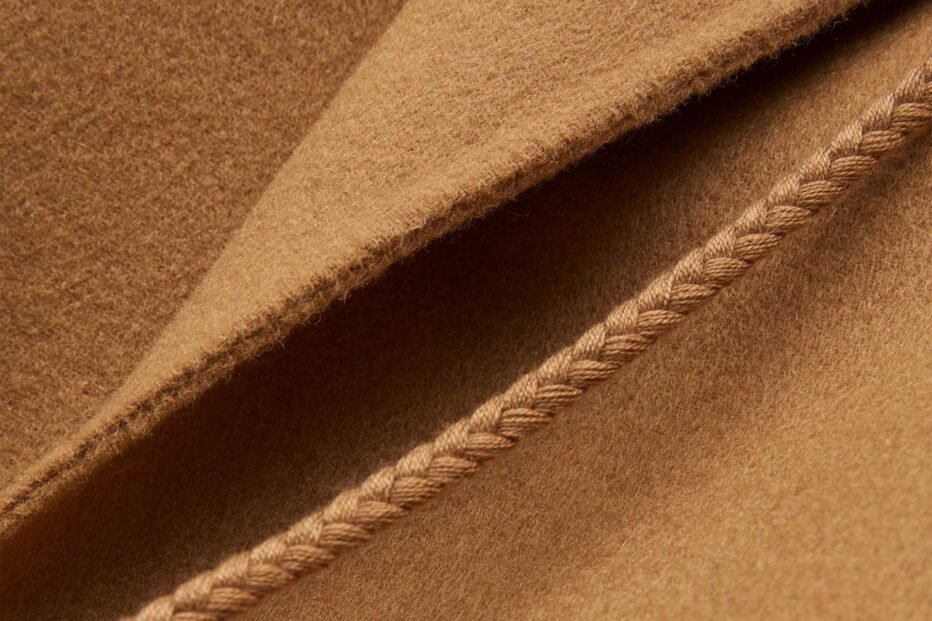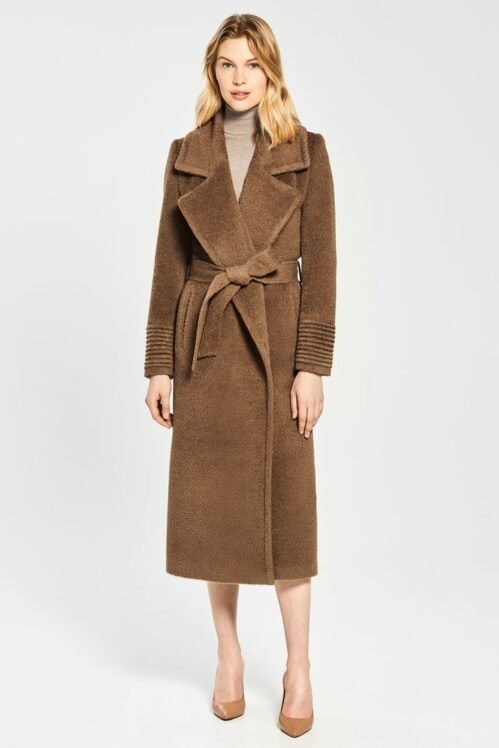A rare, natural animal fiber that is softer than cashmere.

Description
The most popular fiber in the world
Alpaca is a natural animal fiber from the South American camelid family. Its fiber is considered premium due to being light. fine, and warm. The fiber comes in a huge variety of colors from white to light brown,
dark brown, and gray. It is also relatively rare to find on the market and is often blended with cashmere, mohair, and silk to improve softness and to make luxury clothing market.
Background
Story
Alpacas were domesticated in the Andes Mountains region. Alpaca hair was reserved for making clothes for the royal family in the Incan Empire. Peruvians have also been wearing alpaca knits for centuries.
Manufacturing
The alpaca wool production process begins with the shearing of an alpaca. In most cases, farmers own and take care of multiple alpacas, and they may stagger the shearing process so that each animal is ready to be shorn at a different time, or they might shear their animals all at once.

Expertises
Characteristic
- Lightweight and very airy
- Very smooth and soft
- Felts readily, like wool
- Durable
- Retains warmth, and is 3-5 times warmer than wool
- Breathable and moisture wicking
- Flame resistant
- Hypoallergenic, does not irritate skin
- Takes dye well and is colorfast
- Wrinkle and pill resistant
- Slightly gathers static electricity
Two Different Alpaca Breeds
Huacaya: At a glance, Huacaya alpacas look bigger and fuzzier than Suri alpacas. In fact, it can be hard for the untrained eye to distinguish this type of alpaca from a llama since these animals share a sheep-like coat appearance.
Suri: Wool from Suri alpacas is much finer and straighter than that which is derived from Huacaya alpacas, and it’s immediately easy to tell the difference between these types of camelids.
How Much Does Alpaca Wool Cost?
The thickness of alpaca wool can affect its overall price. When alpaca fleece has a smaller diameter, it is more desirable, and it is more expensive. Thicker alpaca fleece is cheaper, and since wool produced by older alpacas is generally thicker, wool derived from younger animals is usually more expensive. Since the color of alpaca wool varies based on breed, the desirable colors produced by certain breeds are more expensive.
Where Is Alpaca Wool Produced?
Peru is the world’s largest alpaca fiber producer . This country is home to 87 percent of the world’s alpaca population, and 90 percent of alpaca wool shipments are sent from Peru.
In particular, the Arequipa region of Peru is responsible for 99 percent of the county’s alpaca fiber production, and the alpaca population in this nation continues to grow. As of 2017, Peru is home to 3.8 million of these furry animals, and the alpaca population is on the rise in the Puno, Cusco, and Arequipa regions.
Social
12k followers
30k likes
Youtube
22k subscribers
8k followers
Have a project in mind?
If you have a great idea, reach out to me. Whether it is a small or big project, I will listen first and get back to you with a plan.

